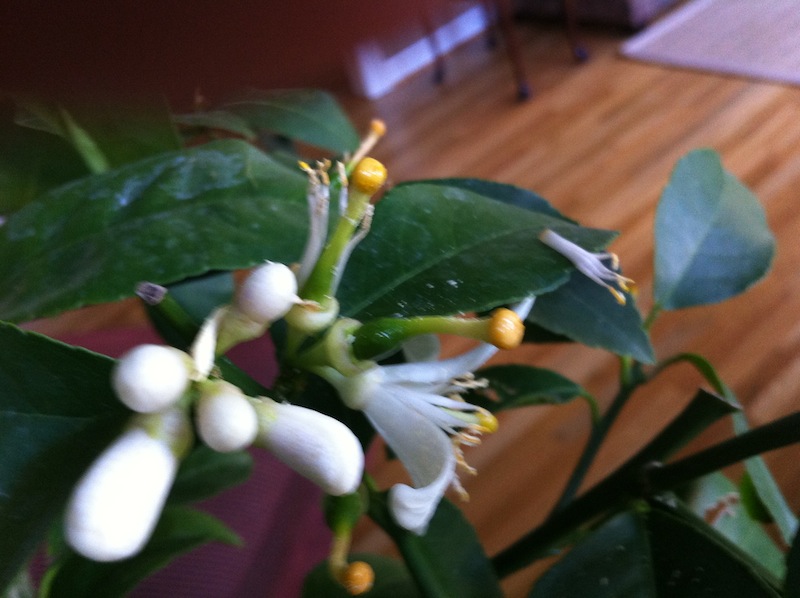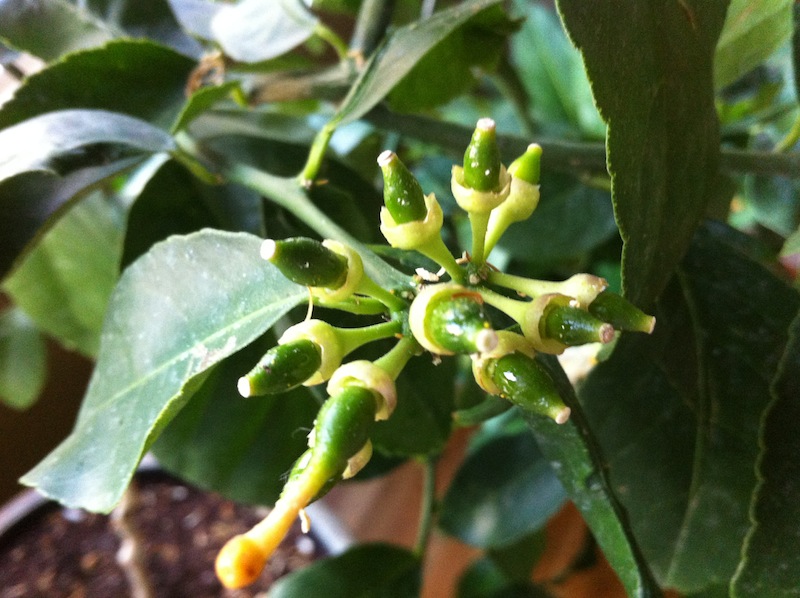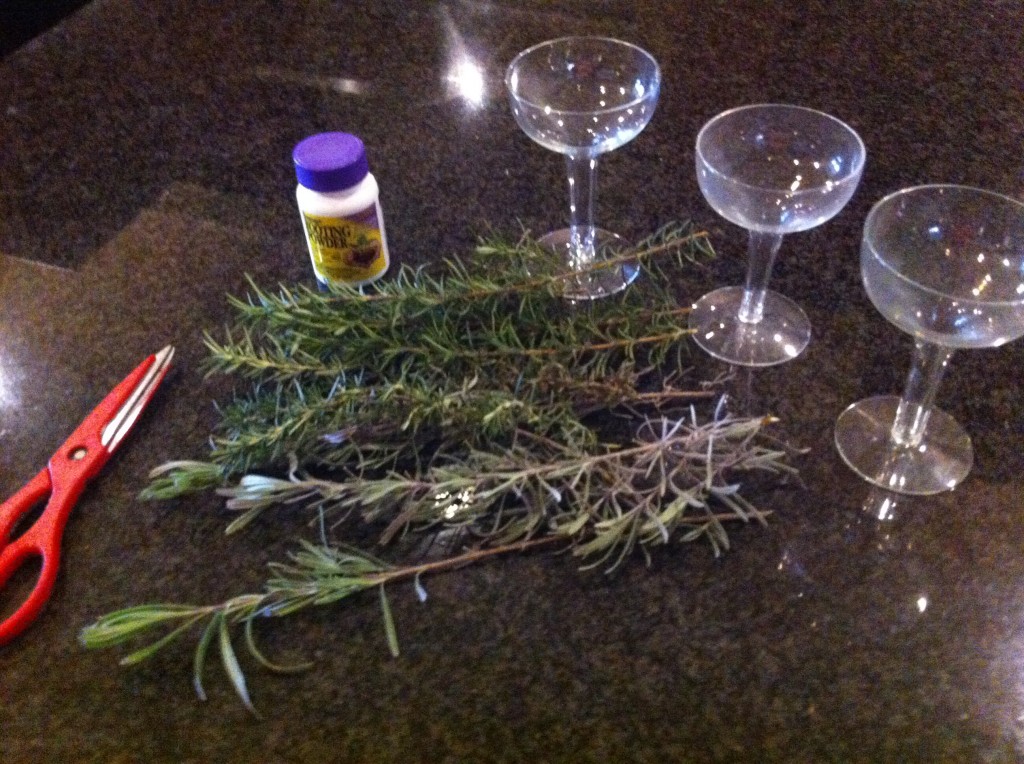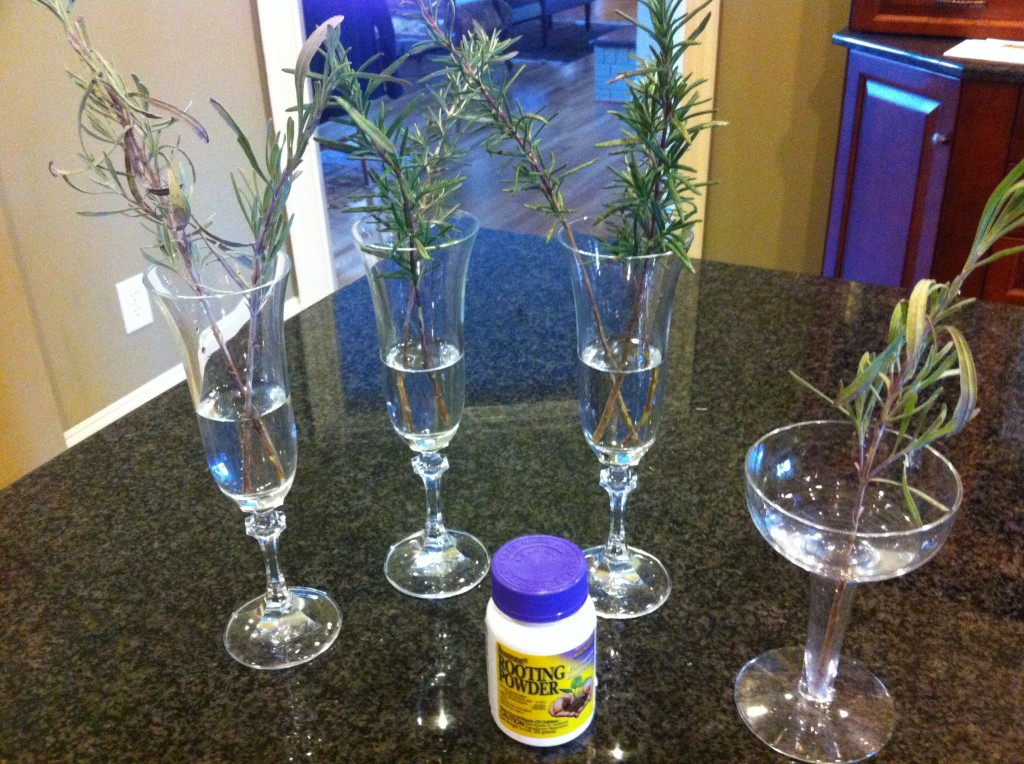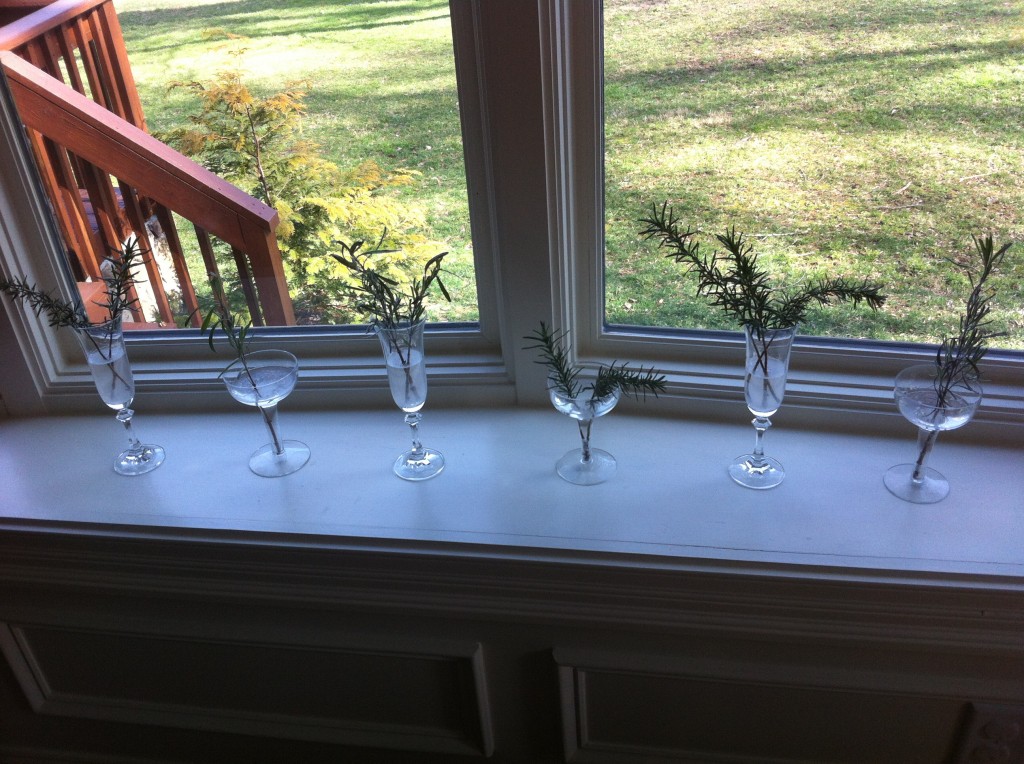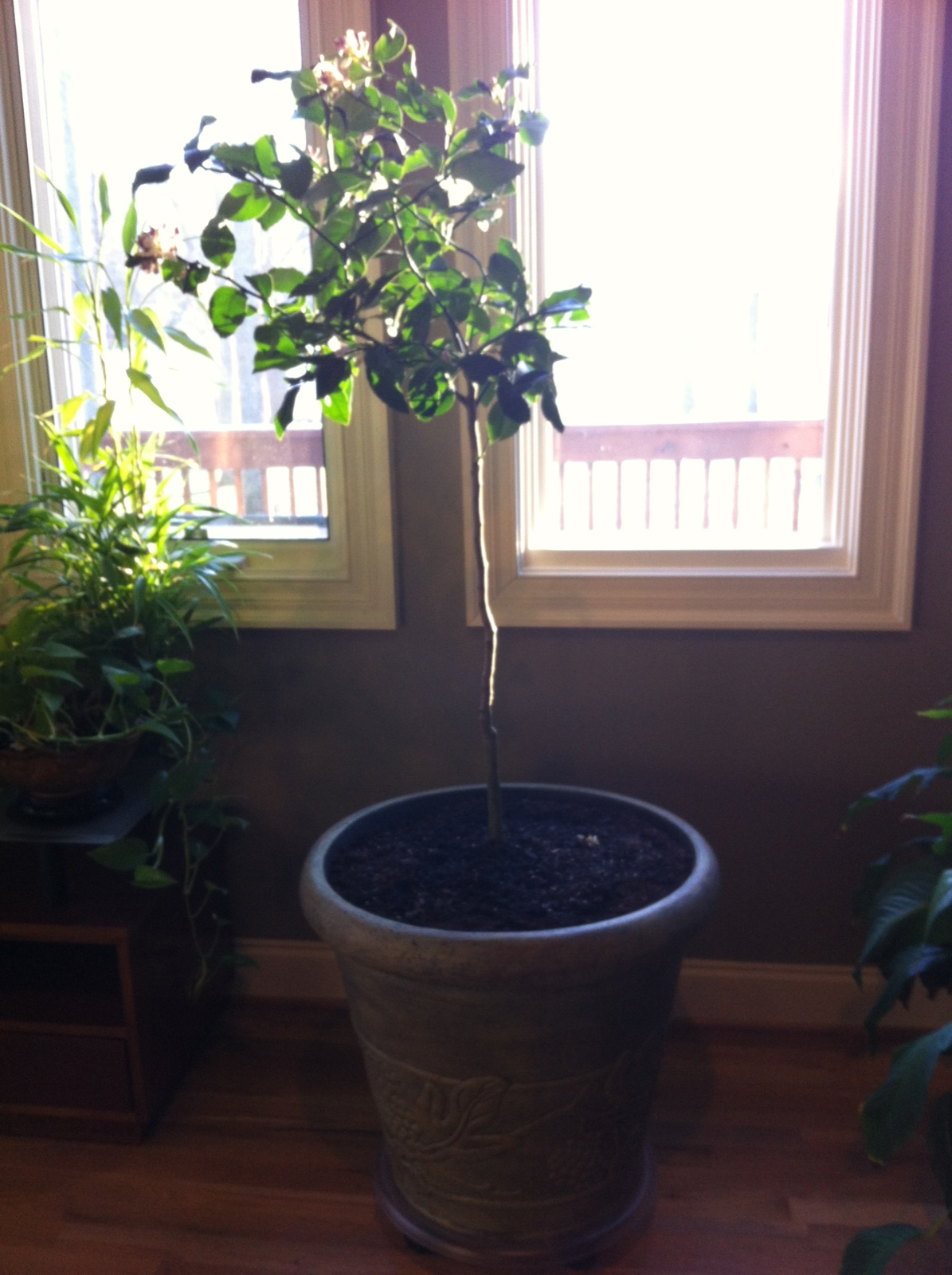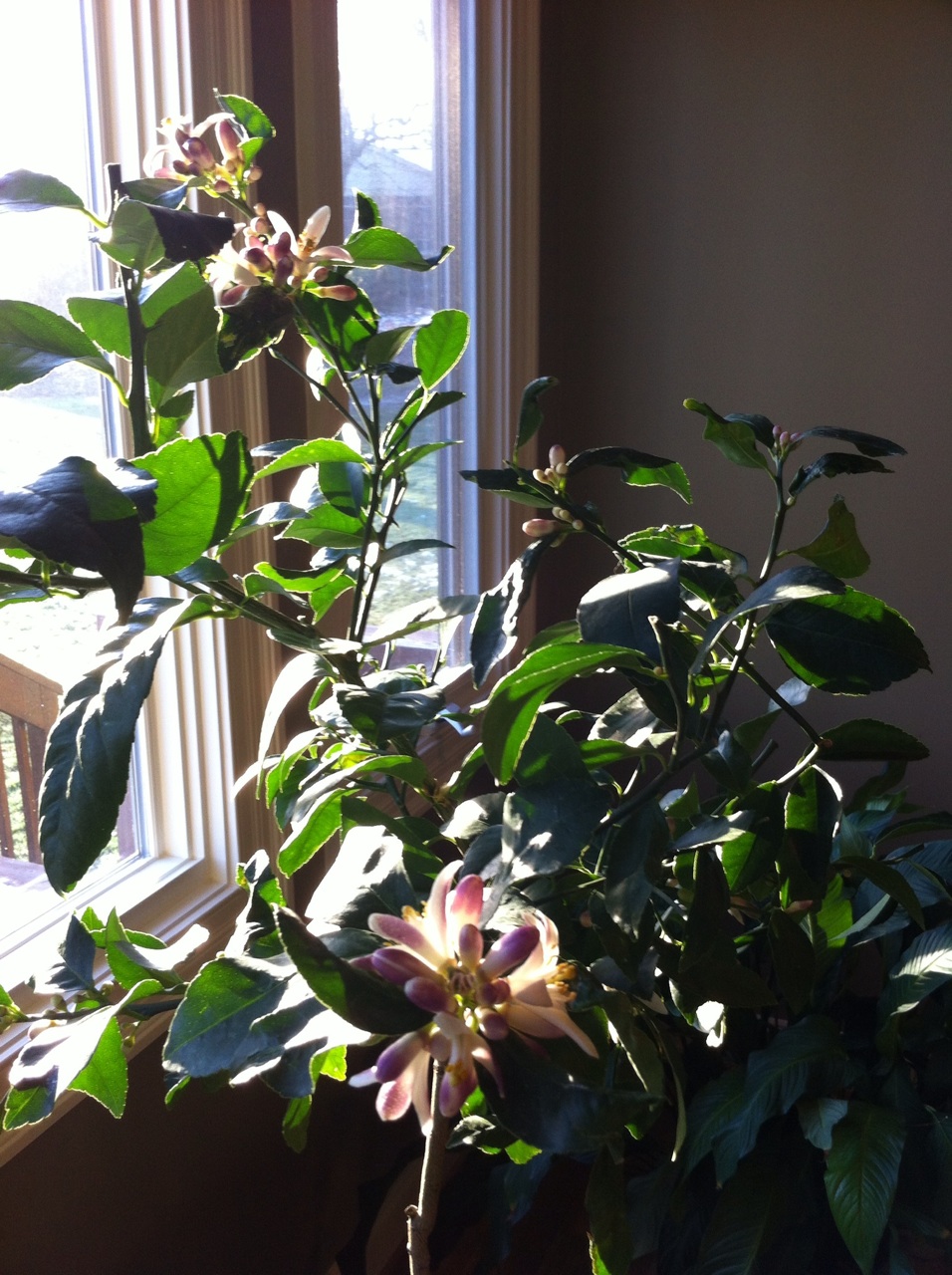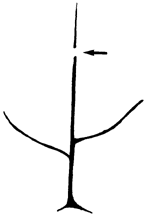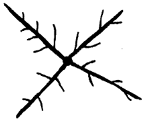About
Welcome to my garden! Join me in the trials, successes and errors of my newest passion. I plan for this to be fun, healthy and rewarding!
Currently, I'm a Real Estate Investor, mother of two, and serious blogger at KarensPerspective.com.
Categories
- Asparagus
- Beans and Potatoes
- Birds
- Black Raspberries
- Blueberries
- Broccoli
- Butterflies
- Cabbage
- Cantelope
- Carrots
- Citrus Trees
- Container Gardening
- Creatures Great and Small
- Cucumber
- Dogwood
- Fall plantings
- Farmer's Almanac
- Fiddle Leaf Fig
- Flowers / Flowering plants
- Fruit Cocktail
- Fun Stuff
- Garden Organization
- Garlic
- General
- Getting Started
- Ground Cover
- Herbal Tea
- Herbs
- Hostas
- Japanese Maple
- Kale
- Lawns
- Lettuce
- Mason Bees
- Meyer Lemon Tree
- Moss
- Onions
- Organic
- Planting
- Pond
- Potatoes
- pumpkins
- Raspberries
- Resources
- Roses
- Seeds
- Shade Plants
- Soil and Mulch
- Spinach
- Strawberries
- Successes
- Tips & Suggestions
- Tomatoes
- Trees
- Waiting
- Watering
- Watermelon
- Weather & Climate conditions
- Weeds
Archives
- February 2016
- October 2015
- September 2015
- May 2015
- March 2015
- November 2014
- September 2014
- August 2014
- May 2014
- April 2014
- March 2014
- January 2014
- October 2013
- September 2013
- August 2013
- July 2013
- June 2013
- May 2013
- April 2013
- March 2013
- February 2013
- January 2013
- November 2012
- August 2012
- July 2012
- June 2012
- May 2012
- April 2012
- March 2012
- November 2011
- September 2011
- August 2011
- July 2011
- June 2011
- May 2011
- April 2011
- March 2011
- August 2010
- July 2010
- June 2010
- May 2010
- April 2010
- March 2010
- February 2010
Keeping Healthy Citrus Trees
Browse Outdoor Products on Houzz- For Example:
Posted in Citrus Trees
2 Comments
Meyer Lemon Tree – growing and fertilizing
It appears that my blooms are turning into lemons? I’m assuming that the little green nodules that are left after the petals fall off are the someday lemons?
And, I’m concerned that I’m already behind. I’ve had the tree for four weeks and never considered that it might already need fertilizing until I read this today. It has really been drinking heavily and perhaps it needs more while producing fruit.
Here’s what I’ve read about fertilization: It is recommended to apply 2 to 3 inches of organic matter under the canopy of the tree to conserve moisture. An Improved Meyer lemon tree must be fertilized every four to six weeks from February to August to ensure a healthy grow cycle and be pruned every one or two years to keep them within bounds and easy to pick.
I’ve also read that it needs high levels of Nitrogen.
MeyerMike suggests: 1 bottle top capful of white vinegar per gallon at every watering when using tap water. He also uses liquid fertilizer with micronutrients in a 12:4:8 NPK ratio, which Miracle Grow does have. It’s in a yellow bottle. Foliage Pro is what he uses.
How do you care for your Meyer Lemon trees and am I on the right track?
Posted in Meyer Lemon Tree
8 Comments
It’s Time to Start Rooting for Spring!
Yup, it’s the time of year when we’ve had just about enough of the cold weather and we’re all cheering for Spring. But, it’s also time to start rooting your cuttings so they’ll be ready to plant in 6-8 weeks.
I’m starting with Rosemary and Lavender. I have both all over the yard and believe you can never have too much! A couple of reasons they’re two of my favorites include their wonder fragrances and the fact that they’re both evergreen. I love them all year long.
So, today I took cuttings and began to root them. I cut healthy stems, cleaned the leaves off the bottom third, dipped them in root starter, now I’ll keep them in water in a sunny spot until time to plant.
I don’t know about you, but I’m rooting for Spring!
I just pollinated the lemons……….
Wow, that’s a weird title!
But I did. My new Meyer Lemon tree is absolutely COVERED with flowers. Since we don’t have a lot of bees living in the house, I read up on how to pollinate them. In the nice weather, which is about 4-5 months from now, I’ll roll the plant outside and let Mother Nature take care of it. But, for now, it’s all on me.
So, I got out a cotton swab (the directions said you can also use a small paintbrush or tip of your finger) and gathered some of the yellow pollen from the “anthers.” Anthers are the male parts of the flower – long filaments with yellow pollen grains on the end.
I then rubbed the pollen from the cotton swab onto the female part of the flower, the “stigma” which is a tiny, sticky ball right in the center of the flower.
My attempt was to do this with each bloom on the plant in the hopes that two or three will actually produce fruit!
I’ll keep you posted.
Meyer Lemon Tree
It’s beautiful and I love it!
My Meyer Lemon Tree arrived on Tuesday – I planted it yesterday. It’s supposed to be 3-4 years old already and grow, eventually, to a height of 5-6 feet tall. Today, it’s about 4-1/2 feet tall, 5-1/2′ now that it’s in the pot!
And, she’s covered with the most fragrant blooms.
I ordered from LemonCitrusTree.com and it shipped to me from a farm in Louisiana.
I’ll be updating the progress here. I’m hoping to get at least a few lemons this, my first year with it. I have a friend who has had one in her home for five years and she gets about two dozen lemons each year! Awesome.
Posted in Meyer Lemon Tree
Comments Off on Meyer Lemon Tree
Container Gardening
I found a great article on 66 things you can grow at home in containers.
I have a new found excitement for container gardening because (1) it’s below freezing outside right now and (2) I just had a Meyer’s Lemon tree delivered!
At any rate, check out this article and see what you may want to grow inside!
Posted in Container Gardening
2 Comments
Yard Inspiration
My yard is broken into a multitude of sections. There are many wonderful ideas in these beautiful photos that I just don’t want to forget. Ahhhhhhh, inspiration.
Browse Bath Products on Houzz- For Example:
Posted in General
Comments Off on Yard Inspiration
Ornamental Cabbage and Kale
I absolutely adore ornamental cabbage and kale and plant it every Fall for beautiful Fall and Winter foliage. Following is a great article on Cabbage and Kale.
Browse Home Office Products on Houzz- For Example:
Frost-Hardy Foliage That Loves a Cold-Climate Garden
Good to know!
Browse Window Treatments on Houzz- For Example:
Posted in Fall plantings
Tagged cold climate garden
Comments Off on Frost-Hardy Foliage That Loves a Cold-Climate Garden
Pruning Fruit Trees
Should you prune now? Apparently not. I found a great article on pruning and read that Fall/ early to mid-Winter is not the time. Best to wait until just before Spring to prevent water and cold damage.
Figure 1. Pruning a central leader tree

At Planting
As the buds begin to swell, head the tree at 30 to 34 inches above the soil surface.
Dormant Pruning
Head the tree at 24 to 30 inches above the highest branch of the first scaffold whorl.
First-Year Summer Pruning
Summer prune when new growth is 3 to 4 inches long. Leave a as the new leader, and remove b and c. Select four uniformly spaced laterals for the first scaffold whorl, and remove the remaining lateral branches.
Top view of tree
After pruning the third year
Three scaffold whorls have been developed with three to four branches uniformly spaced around the tree in each whorl. A light slot of 18 to 24 inches is left between each scaffold whorl. Note the Christmas-tree shape that allows light penetration to the lower branches and interior of the tree.
Steps in Pruning:
Leave only one trunk for the central leader.
Remove branches with crotch angles less than 60 degrees.
Remove all branches directly across from one another on the leader.
Space lateral branches uniformly around the leader to prevent crowding as the limbs grow in diameter.
Click here to read more of the Article from the North Carolina Cooperative Extension Service.
Posted in General
Comments Off on Pruning Fruit Trees

